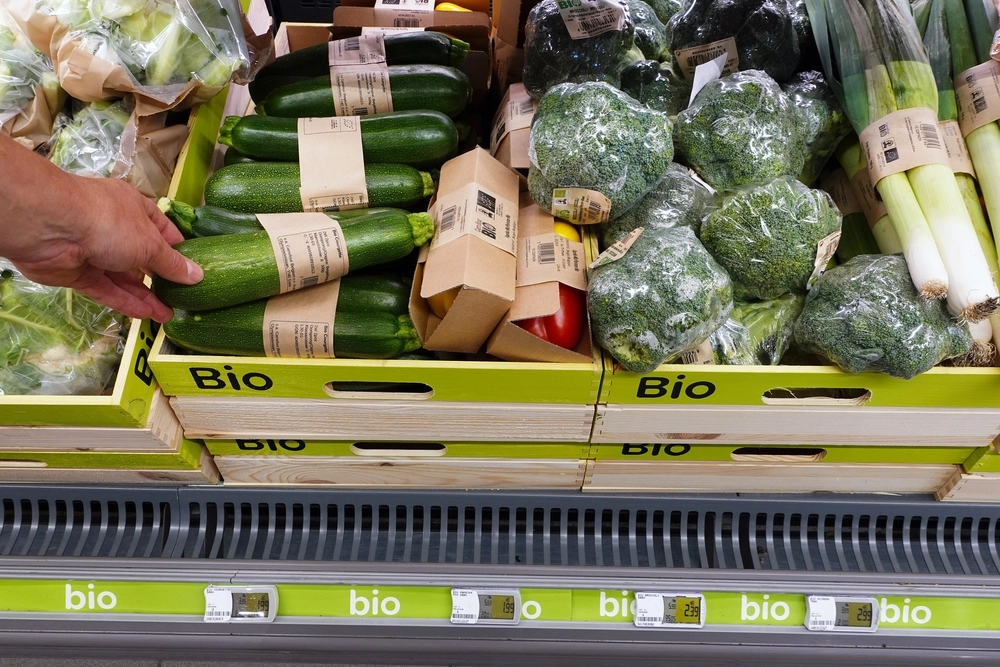What are Compostable Labels? A Guide to Applications and Certification
As sustainability and recycling continue to be a part of consumers’ everyday conversation, there is building pressure for companies to be more environmentally conscious with their product packaging and delivery practices.
Non-sustainable label printing has contributed to harming the environment since some printed materials are made of plastic, which adds environmental pollutants.
To remedy this global issue, eco-friendly alternatives to plastic labels can encourage and even transform conventional norms in the industry. By using compostable packaging labels made from raw or recycled materials, you can elevate your packaging in ways your customers appreciate.
What are Compostable Labels?
For a label to be considered compostable, it should first meet the requirements stated in EN 13432. These are conditions set by the European Commission for packaging recoverable through composting and biodegradation. The document details what characteristics materials should have to be deemed compostable, namely:
- The material’s biodegradability undergoes the same process as natural waste.
- It has the ability to disintegrate, which means there is fragmentation and invisibility in the final compost and is devoid of visual contamination.
- It has no adverse effects on the composting process.
- The material shows no signs of heavy metals in its composition, which can negatively impact the compost quality.
EN 13432 is otherwise known as “OK Compost Industrial.” Packaging materials featuring this label are guaranteed to be biodegradable in an industrial composting plant and comply with the requirements of the EU packaging directive. This doesn’t just apply to the packaging material but also inks and other additives.
Compostable vs. Biodegradable
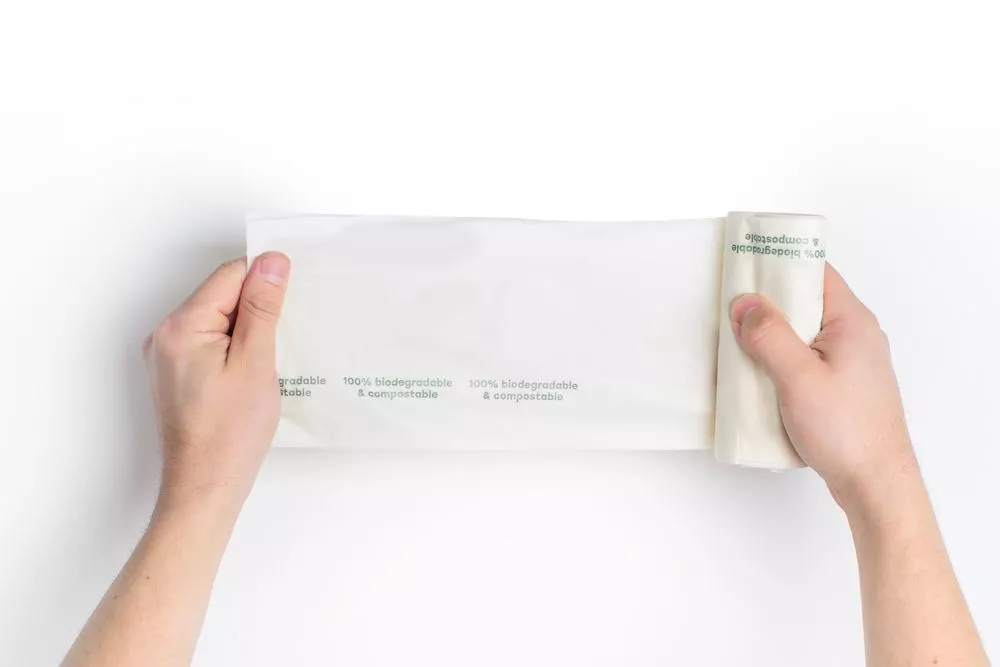
Biodegradability means that materials break down and decompose into natural elements after disposal. The biodegradation process usually spans three to nine months, depending on the material being broken down.
Compostable materials have similar goals as their biodegradable counterparts, except they also provide nutrients where they decompose. After it breaks down, compostable products can take the form of fertilizers, which help improve soil health.
A significant difference between the two is that biodegradable materials can refer to any material being broken down and returned to the environment. Many biodegradable materials involve plastics that can degrade faster than traditional ones. Compostable labels are made from purely organic materials, such as sugarcane, potato starch, and cornstarch.
The Applications of Compostable Labels
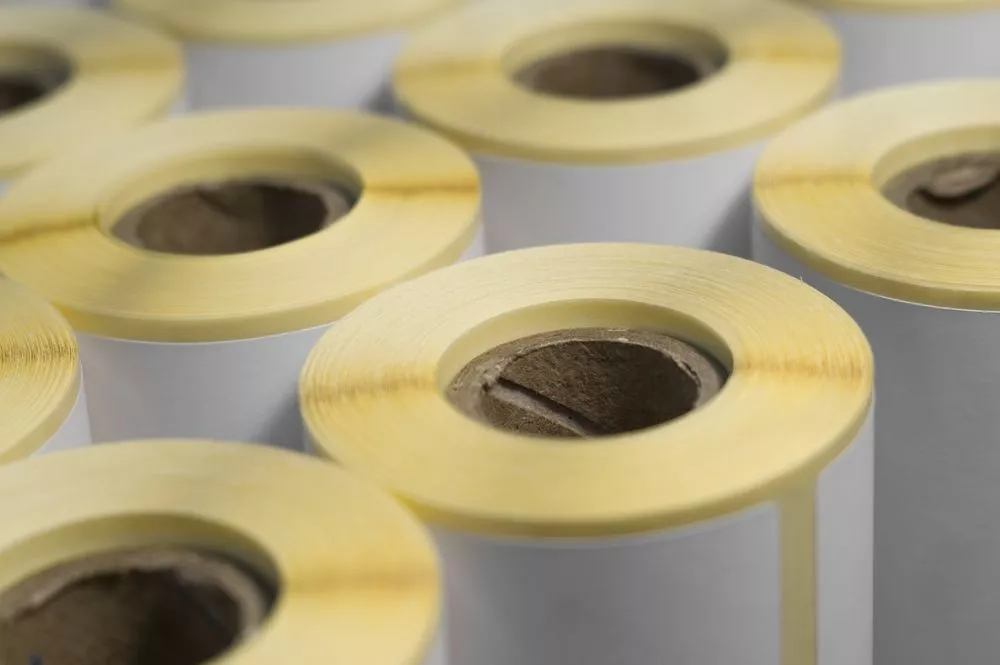
Manufacturers worldwide are implementing compostable strategies into their product label designs and packaging processes.
For instance, compostable direct thermal paper is typically used for short-term applications such as shipping or courier labels, price labels, or product/ingredient labels. The material comes with a heat-sensitive layer, allowing it to be printed with a direct thermal printer. It can also be made from post-consumer recycled paper and often comes with a compostable adhesive.
2020 also saw BASF and Fabbri Group developing compostable cling film that is breathable and performs similarly to traditional cling film. The cling film will substitute the traditional ones that wrap produce, meat, and seafood in grocery stores. With a more compostable wrapping solution now available, the two companies have contributed to reducing food waste and gas emissions and encouraging organic recycling of materials.
Compostable Certifications
To prove that your product uses compostable materials, you’ll need to have it certified by the appropriate entities. These certify that your packaging had met the necessary standards to be classified as compostable.
Being certified by these governing bodies also implies that any compostable labels no longer being used by the consumer are correctly disposed of and are composted without threat to the environment.
Like most products that require meeting stringent standards, whether a material can be classified as compostable is determined by several certifying bodies. These bodies are a mix of policies, international standards, and governing bodies.
1. ASTM Standard D6400 and D6868

As one of the tests before being labeled as compostable in the U.S., packaging materials must meet the American Society for Testing and Materials (ASTM) standards, particularly the requirements of D6400 and D6868.
ASTM Standard D6400 notes that the breakdown process should occur within 180 days for a product to be compostable, and the subsequent byproduct shouldn’t be toxic to the environment.
ASTM Standard D6868 is similar to D6400, except for products composted in industrial facilities. You abide by this standard if the products you’re looking to compost are made up of or have parts that contain biodegradable plastic.
2. Biodegradable Product Institute
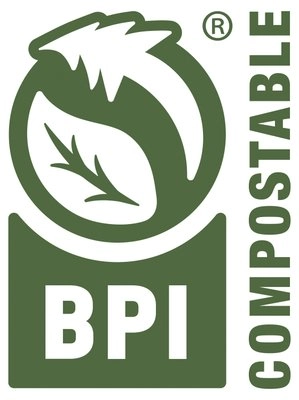
The Biodegradable Product Institute (BPI) is an independent body that verifies the ASTM standards enforced in North America. It prides itself as the defining symbol of compostability, a title that hasn’t been changed for over 20 years. The BPI is your starting point if you want your business packaging to be certified as compostable.
3. Compost Manufacturing Alliance
Another governing body for compostability standards, the Compost Manufacturing Alliance (CMA), conducts additional testing to ensure materials are indeed compostable. This includes performing field disintegration testing via different processing methods to see whether industrial compost breaks down within the production cycle.
4. TÜV AUSTRIA OK Compost HOME
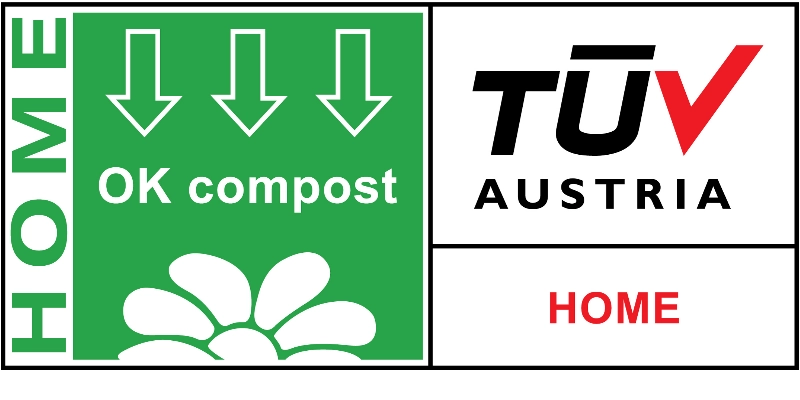
Since garden compost byproducts generally have a smaller volume of waste than in industrial environments, composting in garden environments tends to be more difficult and slower to achieve.
The OK Compost Home seeks to guarantee the complete biodegradability of materials and items on a smaller scale. Most notably, this standard pertains mainly to gardens and similar environments.
5. TÜV AUSTRIA OK Compost Industrial
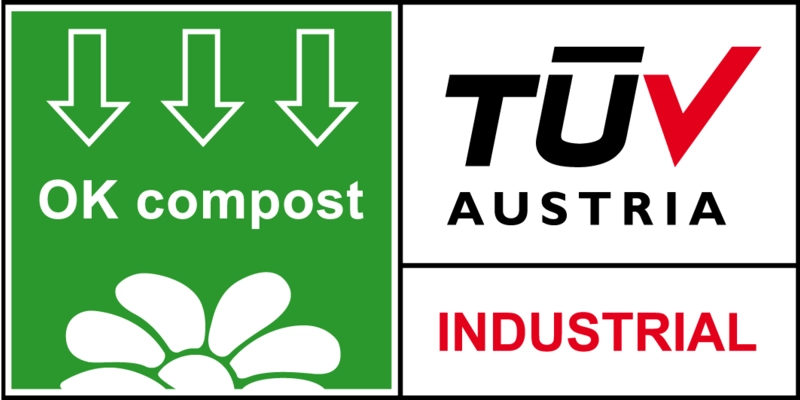
When a product achieves this certification, they are guaranteed to be biodegradable in an industrial composting plant at temperatures between 55°C to 60°C. The sole basis for this recognition is the EN 13432: 2000 standard, the harmonized European standard.
Packaging a Better Tomorrow
The benefits of compostable labels align with the goal of having a more environmentally friendly footprint, improving your company’s image, and encouraging other brands to do the same with their packaging. Such benefits also appeal to a customer base concerned with global sustainability issues. They are now focusing on eco-friendlier spending habits and are thus seeking similarly eco-conscious brands.
Breathe new life into your packaging solutions. Consult with Meyers and its team of experts for a more sustainable and effective packaging and printing process.

